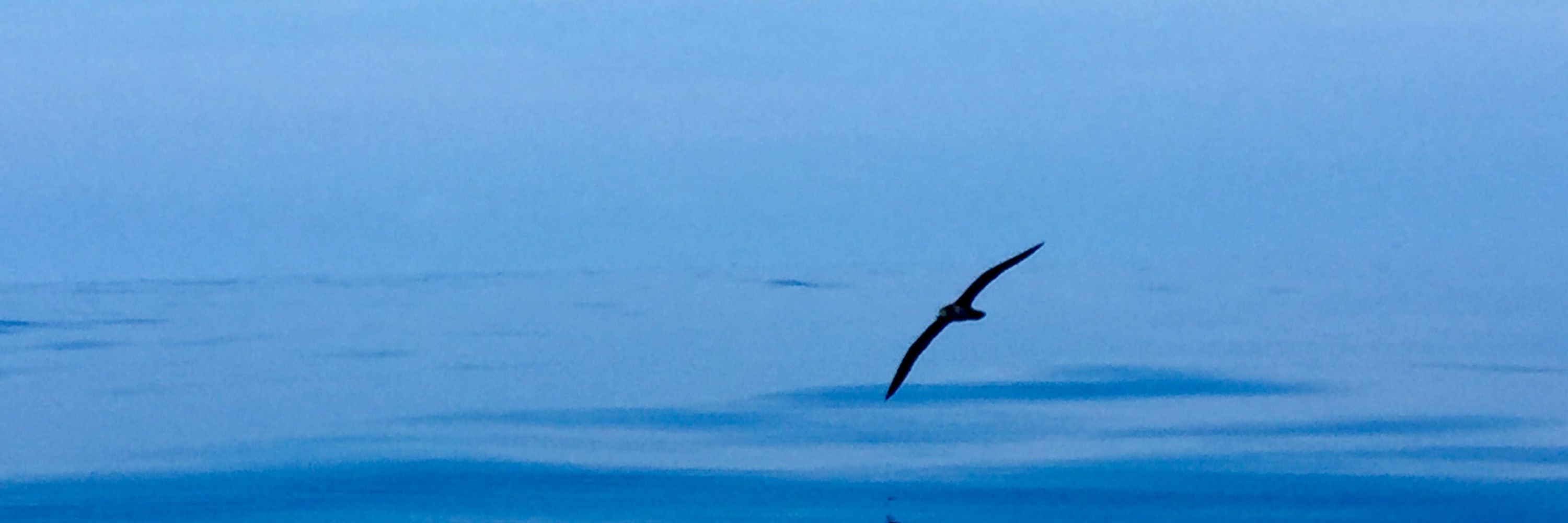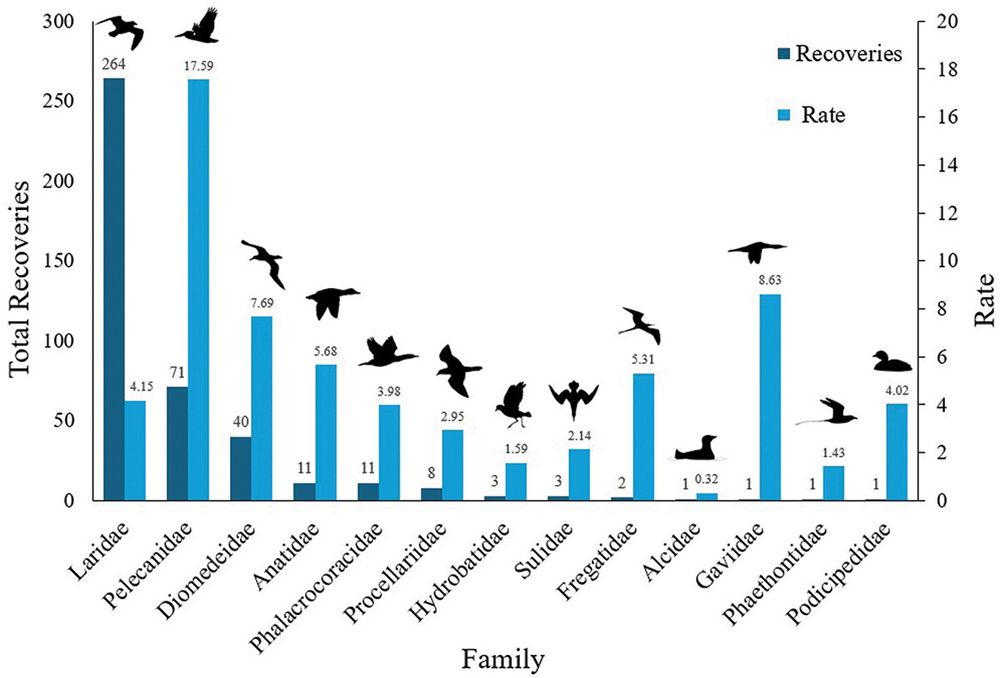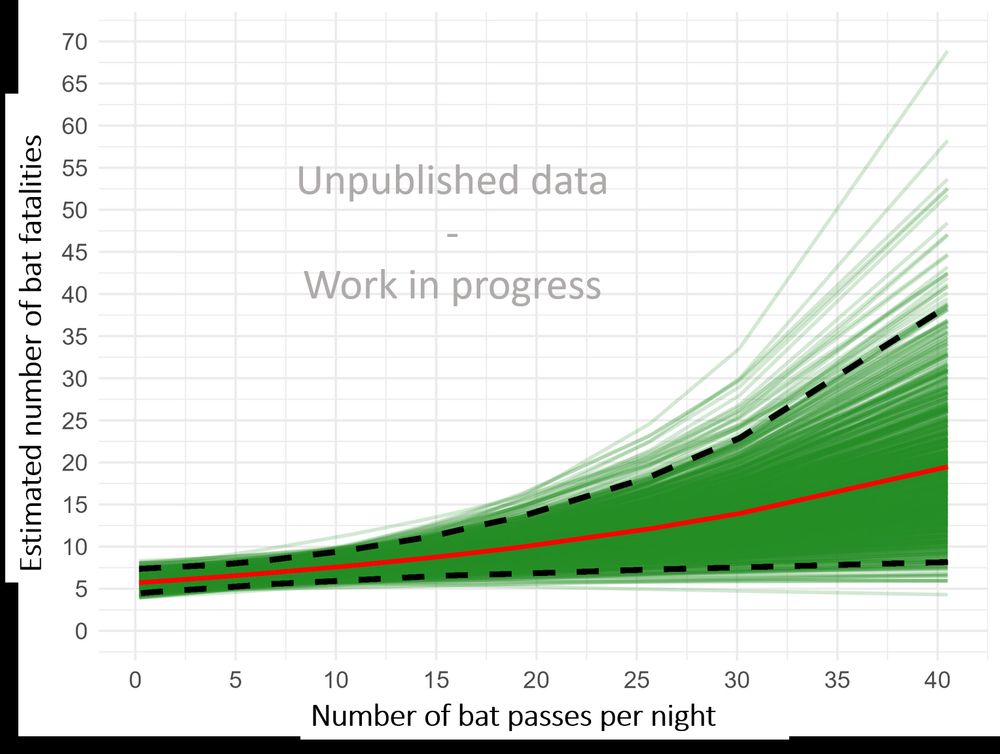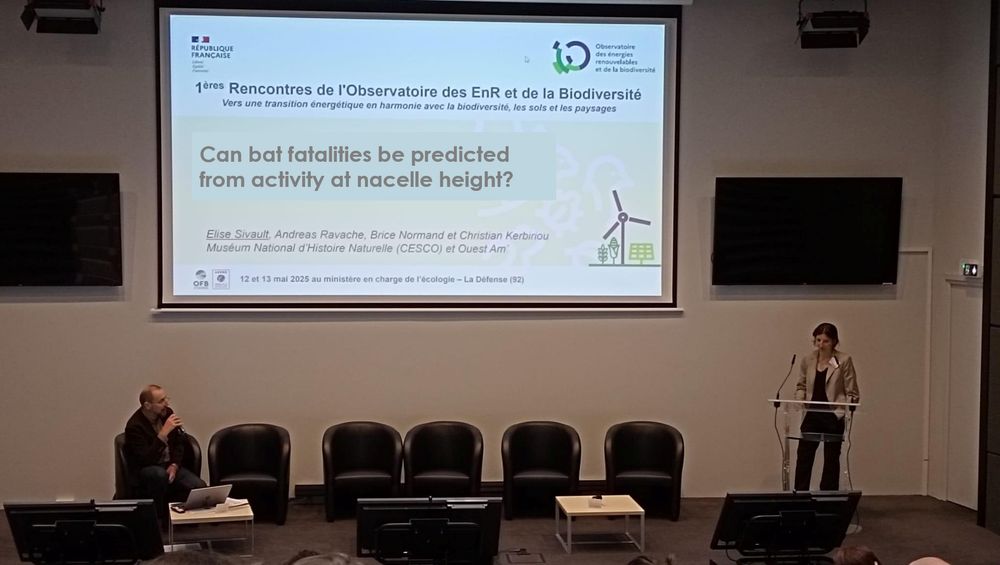Andreas Ravache
@andreasravache.bsky.social
86 followers
140 following
25 posts
PhD in Population Biology and Ecology | Postdoc @mnhn.fr 🇫🇷
Windfarms impact | Seabirds Ecology | Biologging | Biostatistics | Stable Isotopes | Co-funder of @birdnewcaledonia.bsky.social
Posts
Media
Videos
Starter Packs
Reposted by Andreas Ravache
Reposted by Andreas Ravache
Elina Mäntylä
@elinamantyla.bsky.social
· Jul 25
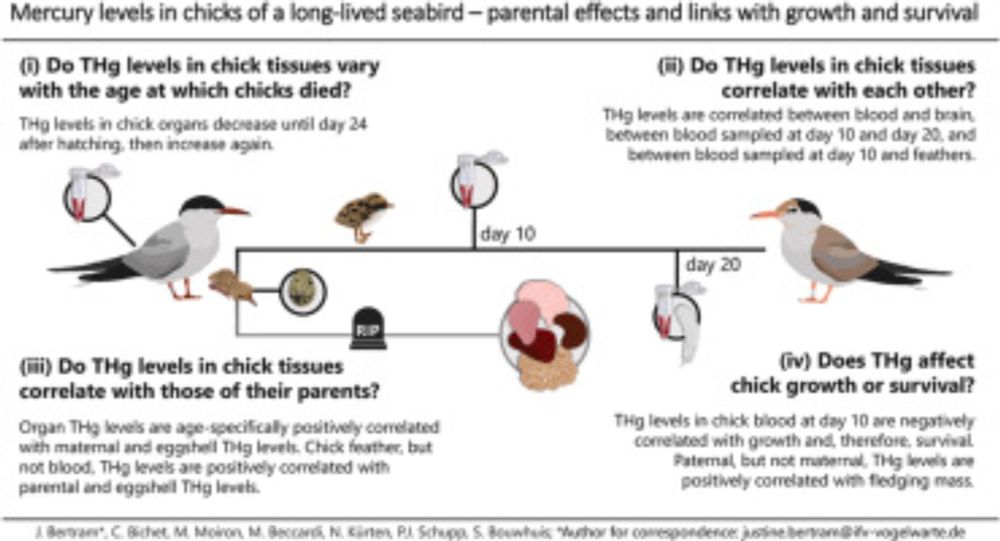
Mercury levels in chicks of a long-lived seabird – parental effects and links with growth and survival
Environmental mercury levels continue to rise, leading to increased exposure, especially in long-lived species at high trophic positions, such as many…
www.sciencedirect.com
Reposted by Andreas Ravache
Elina Mäntylä
@elinamantyla.bsky.social
· Jul 25

Rat Odour Does Not Repel European Storm Petrels Hydrobates pelagicus
Las aves marinas en general, y los petreles en particular, presentan múltiples problemas de conservación. Los depredadores invasores son su principal amenaza en las colonias de cría. Las ratas son los...
bioone.org
Bat Research Team
@bat-cesco.bsky.social
· Jul 22
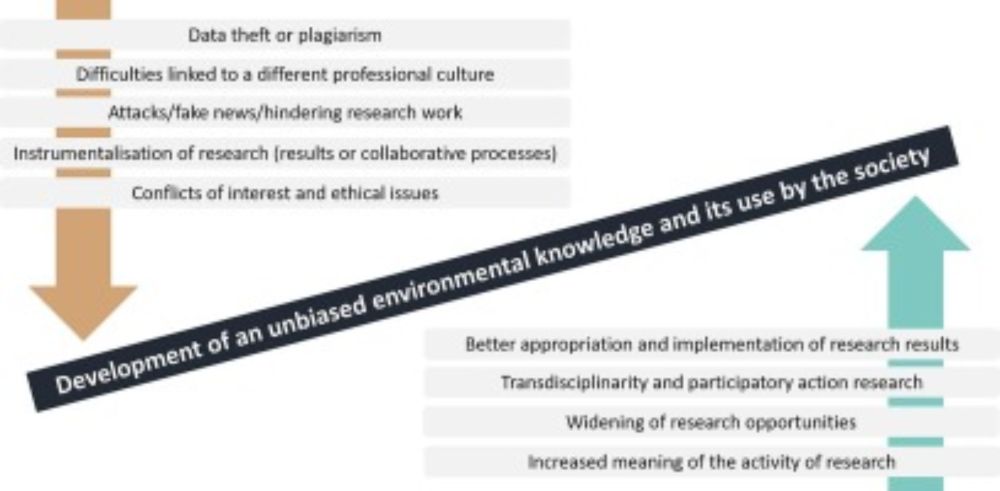
Pressured researchers in ecology and conservation demand support to guarantee fair interactions with stakeholders
Facing the current decline of biodiversity, researchers in ecology and conservation interact with socioeconomic stakeholders to involve their research…
www.sciencedirect.com
Reposted by Andreas Ravache
Reposted by Andreas Ravache
Reposted by Andreas Ravache
